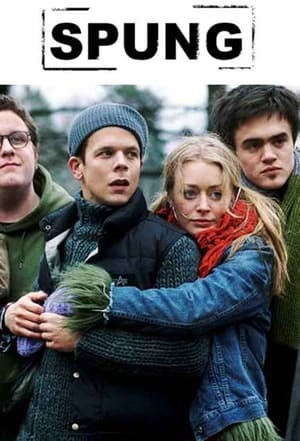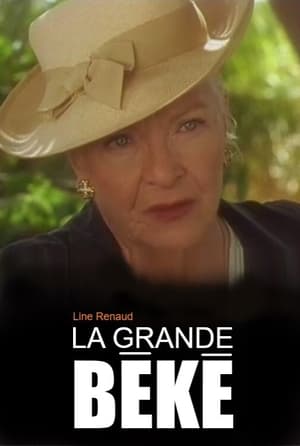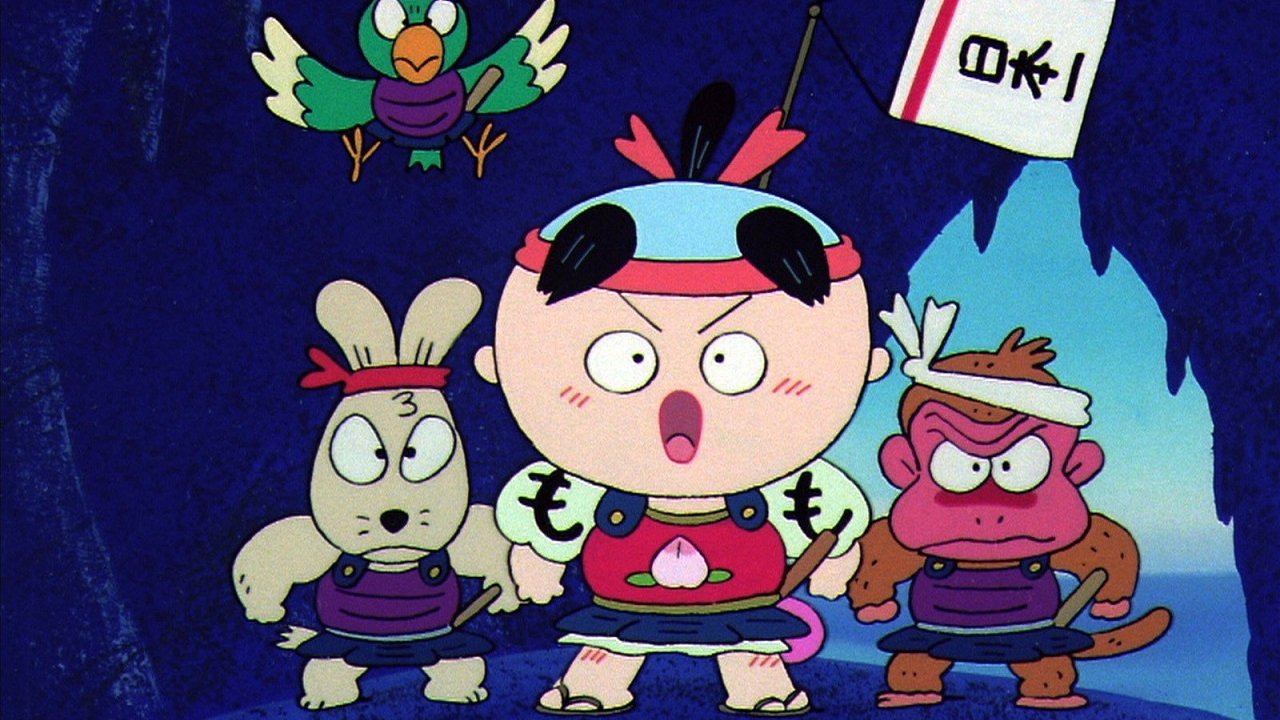
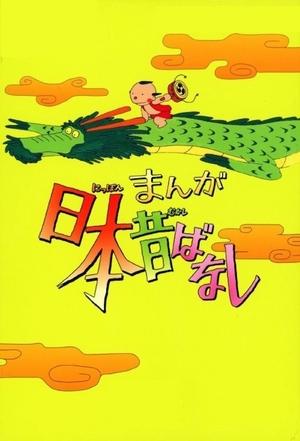
Japanese Folklore Tales(1975)
Overview
"Manga Nippon Mukashibanashi" was a series running from 1975 to 1994 (with a short stop) in japanese tv. Each episode contained 1 to 3 short folk tales from the rich tradition of Japanese storytelling. Ghosts, samurai, goddesses, famous doomed romances, wandering heroes, legendary creatures, mysterious magical visitors... all presented in a simple cartoon style which varies from silly to quite charming.
Networks:


Production Companies:


Recommendations TVs

World Famous Fairy Tales (ja)
Each episode of this series tells the story of a famous fairy tale from all around the world. Some of them are adapted from famous books such as "The Iliad".
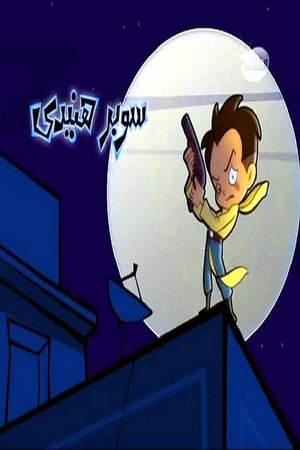
Super Henedy (ar)
The series is based on a police comedy, and its episodes are full of funny situations with social and political content,and executed by two-dimensional animation technology.
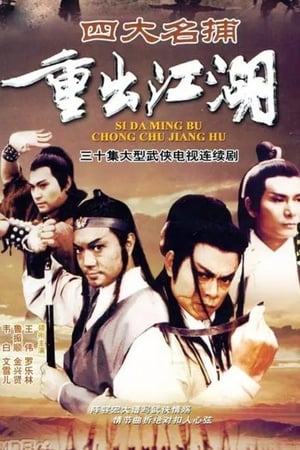
Return of The Four (cn)
The four famous hunters had already been hidden, but they reappeared because their master Zhuge Shenhou was killed. Shangguan Cang Qiang assassinated Shenhou and successfully seized his throne, and then revealed his ambitions, and he controlled the emperor with drugs, trying to force him to surrender the throne. The four great immortals learned of his conspiracy, obstructed it, and vowed to fight with him to the end and crush his dream of becoming emperor.
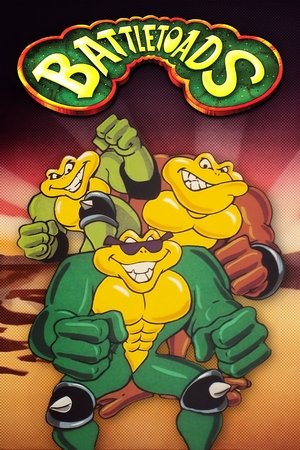
Battletoads (en)
Animated television special about the misadventures of a group of crime-fighting toads.
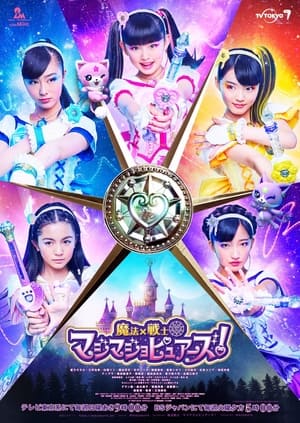
Magic × Warrior MagiMajo Pures! (ja)
In an attempt to conquer the world, the Nuisance World has stolen the Majoka Jewels and have corrupted each into an Akiramestone, which interferes with people's dreams and turns them into an Akiramest. Momoka, an ordinary middle school student, is summoned by Mokonyan, a fairy from the Magic World, to join Magic Warriors Rin and Mitsuki and stop the Nuisance World. Together, as MagiMajo Pures, they purelize the Akiramests back into Majoka Jewels with magic.

The Amazing Mrs Pritchard (en)
Supermarket manager Ros Pritchard decides to stand for election and her steady gains of support gives rise to thoughts of becoming Prime Minister.
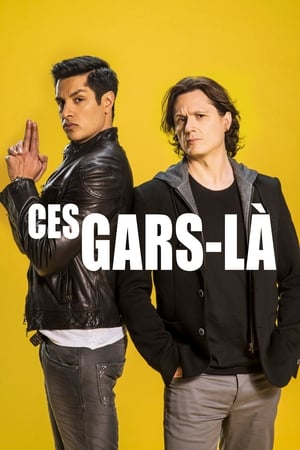
Ces gars-là (fr)
Sam is a proud East-Indian-Canadian who speaks Punjabi and English. Simon is a nationalist French-speaking Quebecer… and against all odds their friendship makes them a great team!
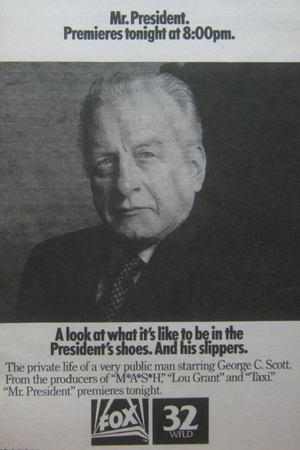
Mr. President (en)
Mr. President is a United States television series starring George C. Scott that premiered on May 3, 1987. It was part of the Fox Broadcasting Company's premiere season of prime time entertainment, alongside Married... With Children, The Tracey Ullman Show, and Duet.

Muñecas (es)
Eva is an unconventional psychologist who guides a group of lesbian and bisexual women in group therapy to deal with their affective and sexual conflicts. Middle-aged women, residents of Madrid and living a second adolescence.

Kate Garraway's Life Stories (en)
Celebrities open up to Kate Garraway in intimate and moving interviews.

Hairy Jeremy (en)
Caveman Hairy Jeremy has adventures in this prehistoric and somewhat absurdist French stop-motion animation.

Date with saie (en)
Date with Saie is a ZEE5 Original starring Sai Tamhankar. The story revolves around a popular actress who is stalked by a maniac fan, who places cameras to track her every move and make a film on her life. What happens when Saie discovers about the cameras and the crazy fan posing a threat to her private life.

Jeopardy! (en)
TV's original answer-and-question game hosted in its original incarnation on NBC by Art Fleming.

The Big Quiz (en)
Stephen Mulhern hosts a titanic clash between ITV's biggest soaps.



